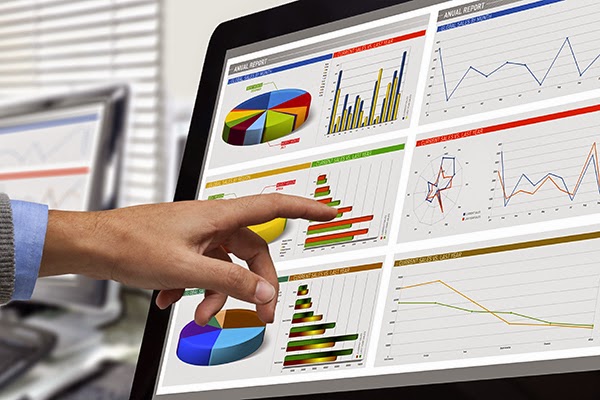 Nonprofits can grow faster, solicit donations more successfully and better accomplish their missions through greater use of analytics.
Nonprofits can grow faster, solicit donations more successfully and better accomplish their missions through greater use of analytics.
If you doubt the benefits of data, you can read the book, Moneyball. The book and movie of the same name relate the true story of how baseball’s Oakland A’s, general manager Billy Beane rebuilds his team on a limited budget with the help of a number-crunching, Yale-educated economist Peter Brand.
Ignoring scouting reports, Beane selects players based on statistics, specifically on-base percentage. The numbers-based approach, known as sabermetrics, has proven successful for the A’s. Now, most sports teams follow a statistics-based approach and increasingly rely on data to make critical decisions.
Get the Right Data
For nonprofits attempting to enter the Moneyball era, the challenge is not finding enough data or analytical tools. It’s finding the right data and meaningful, actionable insights, writes Katie Paine, measurement expert and CEO of Paine Publishing LLC. The key is to establish a connection between the nonprofit’s mission and its marketing and PR activities before it starts a measurement program.
“All the press releases written, events produced, blogs posted and photographs pinned don’t amount to a hill of beans if they aren’t moving your organization forward,” Paine emphasizes.
Data can help determine what type of content works best, find the best channels for communications and the best types of images to use. Improvements can be powerful. The right data in the right hands can solve problems and improve communication.
6 Tips to Improving Measurement
In another blog post, Paine explains that nonprofits can consider these six tips to benefit from measurement.
Your mission. Be able to articulate how PR and marketing efforts support the organization’s mission. How do your daily activities help accomplish the mission, be it raising money or finding volunteers?
Stakeholders. Nonprofits have many stakeholders, including volunteers, donors, sponsors, employees, and the people they service. It’s essential to concentrate measure results involving each category of stakeholder.
Metrics. Select at least three specific metrics for analyzing various categories of communications including email, marketing, public relations and social media. Select metrics that are quantifiable, with a number such as an amount of money or percentage and that can be compared to another number such as past performance or competitors. It’s also vital to include date by when the goal will be achieved.
Leadership. Obtaining support for measurement from the organization’s leadership will make life easier both immediately and over the long term.
Current data. Surveying departments can reveal data and tools you already have. Nonprofits often have more data than they think they do.
So what? Asking “So what?” can provide context to data. So social media activity spiked one month and donations spiked the following month. So what? Determining why it spiked and learning how to repeat the performance makes measurement valuable.
The Importance of Donor Preferences
A survey by Abila, a provider of software and services to nonprofits, confirms that nonprofits don’t take advantage of data that can help them meet their donor preferences. Barely more than half, or 52%, of donors surveyed believe nonprofits take their preferences into account when communicating or appealing for donations. However, analyzing and applying information about donors can personalize communications, develop deeper and longer relationships and – most importantly — increase donations.
Information about donors can help:
- Target appeals and communications by age. Different age groups have marked differences in their communication and engagement preferences.
- Determine proper communication frequency. Nonprofits are far more likely than donors to feel they’re not communicating enough, while many donors believe nonprofits communicate too frequently.
- Engage donors. Understanding what type of communications donors prefer can improve donations and engagement. For instance, millennials feel more engaged through volunteering, with giving a close second.
Bottom Line: Nonprofits are generally behind corporations and government agencies in taking advantage of data. By measuring data from all communications programs including email and social media efforts, nonprofit communicators can improve their connections to and engagement with important stakeholders to better fulfill their organization’s mission.
William J. Comcowich founded and served as CEO of CyberAlert LLC, the predecessor of Glean.info. He is currently serving as Interim CEO and member of the Board of Directors. Glean.info provides customized media monitoring, media measurement and analytics solutions across all types of traditional and social media.




